A U.S.-brokered ceasefire between Israel and Hamas is facing its most serious test since taking effect on October 10, after exchanges of fire and competing accusations of violations along the ceasefire line near Rafah. Israel says militants fired an anti-tank weapon and small arms at its troops operating inside designated areas, prompting airstrikes and artillery fire across parts of Gaza. Hamas has denied directing the incident and says it remains committed to the agreement. Israeli authorities also moved to halt aid deliveries and warned they would respond to any further breaches, moves that underscore the fragility of the arrangement in its second week.
Trigger and Terms Under Pressure
Israeli officials said the confrontation began when militants targeted soldiers with an anti-tank missile and gunfire in the Rafah area, an action they described as a “blatant violation” of the ceasefire terms. The Israel Defense Forces (IDF) then struck “dozens” of targets it identified as Hamas military infrastructure, including tunnel sites and weapons facilities. Hamas officials said they were not in contact with armed elements in the immediate area and disputed responsibility for the incident, while reiterating a stated commitment to observe the truce. Reports from the scene described explosions and tank fire, with local health authorities citing multiple fatalities from the strikes.
The ceasefire’s first phase links several parallel steps: an end to active hostilities, staged withdrawals by Israeli forces to marked lines, the return of all remaining living hostages and a specified number of deceased remains, and a ramp-up of humanitarian aid through designated crossings. Disputes over two of those elements—aid access and the transfer of bodies—intensified as the weekend unfolded. Israel said it would keep the Rafah crossing closed “until further notice,” conditioning reopening on the return of all deceased hostages still unaccounted for; Hamas has delivered some remains and says others are buried under rubble and require special equipment to recover. The disagreement over compliance timelines has become a central point of leverage on both sides.
Mediation, Humanitarian Fallout, and Compliance
On the eve of the latest incidents, the U.S. State Department said it had “credible reports” of a potential planned attack by Hamas that would violate the ceasefire and warned that guarantors would take steps to preserve the agreement if it occurred. Following the flare-up, Israel said it had begun renewed enforcement of the ceasefire after carrying out strikes in response to violations, a position echoed in statements emphasizing deterrence against further incidents. By late Sunday, Israeli officials said the truce remained in effect and that operations had returned to positions consistent with the agreement, while reserving the right to act against any new breach. The sequence highlighted the role external guarantors and rapid communications have played in preventing an immediate collapse of the deal despite serious friction.
Even limited exchanges have direct consequences for civilians and for the aid system the ceasefire is meant to stabilize. After the Rafah incident, aid shipments were paused and later reassessed, complicating relief operations that had scaled up since the truce began. Local authorities and residents reported casualties from strikes in central and southern Gaza, and movement restrictions tightened as crossings remained shut. Israeli officials said the closures were tied to enforcement of ceasefire obligations, particularly the return of the remaining deceased hostages. Hamas, in turn, accused Israel of violating the agreement’s humanitarian provisions. This dynamic—security incidents leading to punitive limitations on aid, which then fuel further accusations—has repeatedly surfaced in prior ceasefires and is a key vulnerability of the current arrangement.
Under the first-phase terms, Hamas has returned all living hostages and a portion of the remains of those killed; Israeli officials say the remainder must be delivered for other parts of the deal to move forward. Israel has released detainees and transferred bodies of Palestinians back to Gaza during the same period. The exchange has proceeded unevenly, and both sides have used interim steps—such as temporary closures or controlled resumption of aid—to pressure implementation. Meanwhile, Israel’s defense ministry indicated that ceasefire lines would be physically marked to reduce ambiguity over permitted deployments and to clarify what constitutes a breach at the tactical level.
Risk Factors and Enforcement Dynamics
Three areas will determine whether the ceasefire holds. First is tactical discipline around Rafah and other contact points. With forces in close proximity and tunnel networks still a factor, even isolated fire can prompt escalatory responses. Second is the humanitarian track. The agreement anticipates a significant expansion of aid; interruptions—whether as a sanction for violations or due to security concerns—undermine one of the truce’s core stabilizers. Third is the remains issue. The process of locating and returning bodies has proven technically difficult and politically sensitive; failure to complete this step quickly increases pressure on leaders to signal toughness, often through calibrated military actions. Each of these factors has already surfaced in the latest round of incidents.
The IDF’s statement that it would resume enforcing the ceasefire after punitive strikes reflects a familiar pattern: rapid retaliation to re-establish deterrence, followed by a return to agreed positions if opposing forces stand down. In practice, this means air and ground operations remain limited to the zones and rules specified in the deal, but with a low threshold for response should fire resume. Public messaging from Israeli leadership has emphasized “strong action” against violations while avoiding language that would signal abandonment of the truce. Hamas statements, for their part, continue to affirm adherence to the ceasefire while distancing the leadership from armed actors accused of instigating the latest incident.
Second-Phase Negotiations and Bottom Line
Mediators are working to keep momentum toward the ceasefire’s next phases, which contemplate a verifiable disarmament mechanism for Hamas, additional withdrawals by Israeli forces, and an internationally supported interim governing arrangement for Gaza. Early talks on those steps have begun, but negotiators now face the added task of insulating the process from the weekend’s violence. If the parties can compartmentalize the enforcement dispute and maintain aid flows, discussions on the second phase can proceed; if not, pressure will mount for new conditions or sequencing that could delay implementation. For now, officials on all sides describe the ceasefire as intact but fragile, with enforcement calibrated day-by-day against any new incidents.
The ceasefire remains in force but is stressed by the weekend’s confrontation and its ripple effects on aid access and confidence. Tactical fire near the Rafah line, the unresolved process for returning remains, and intermittent closures of crossings represent the principal pinch points. Unless the parties can manage these issues through the agreement’s mechanisms, further incidents are likely. Conversely, the rapid shift from strikes to “renewed enforcement” shows that, with active mediation, de-escalation remains possible after breaches—at least for now.



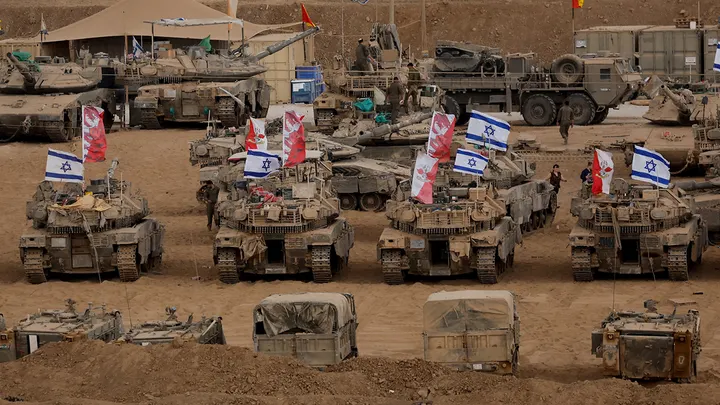
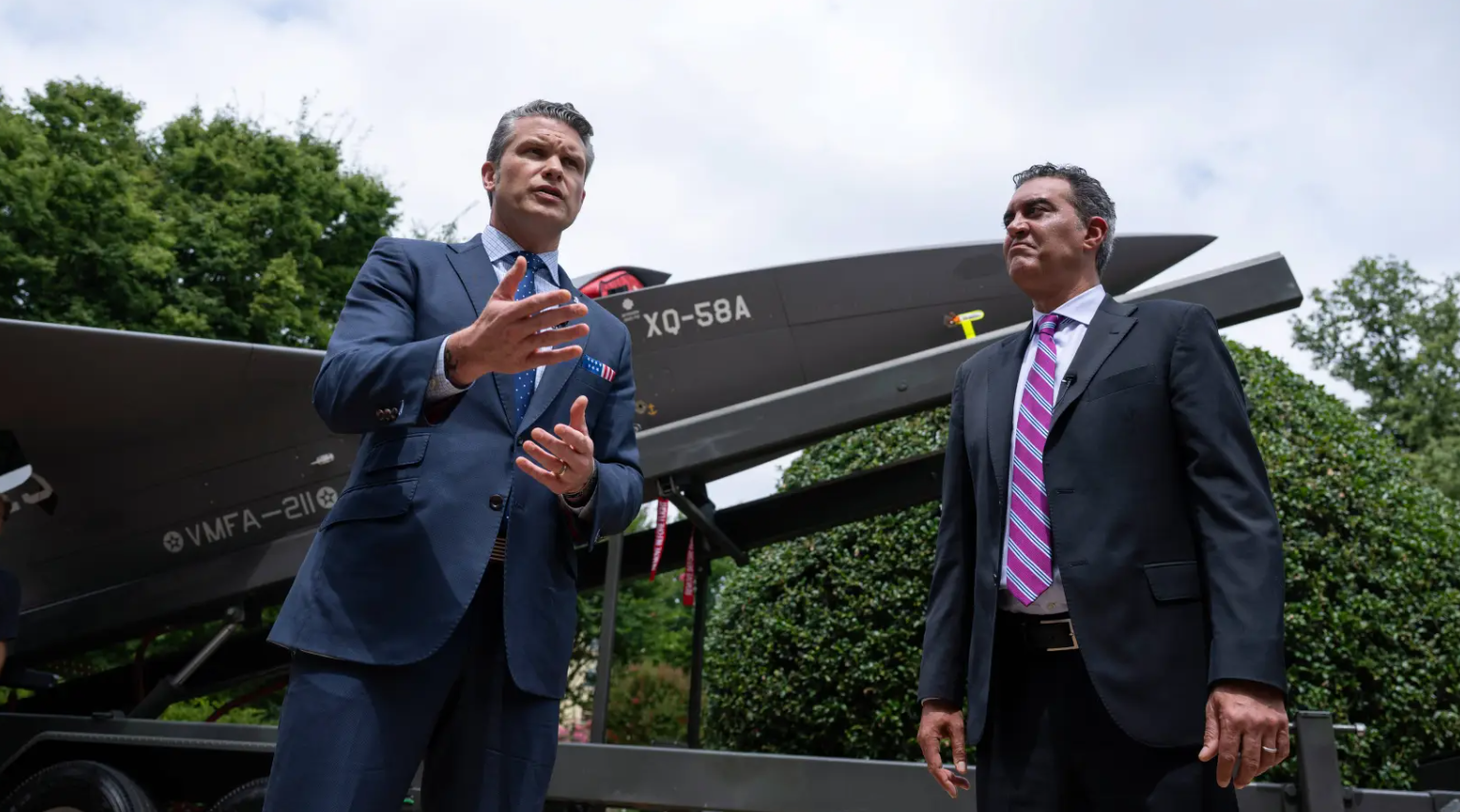

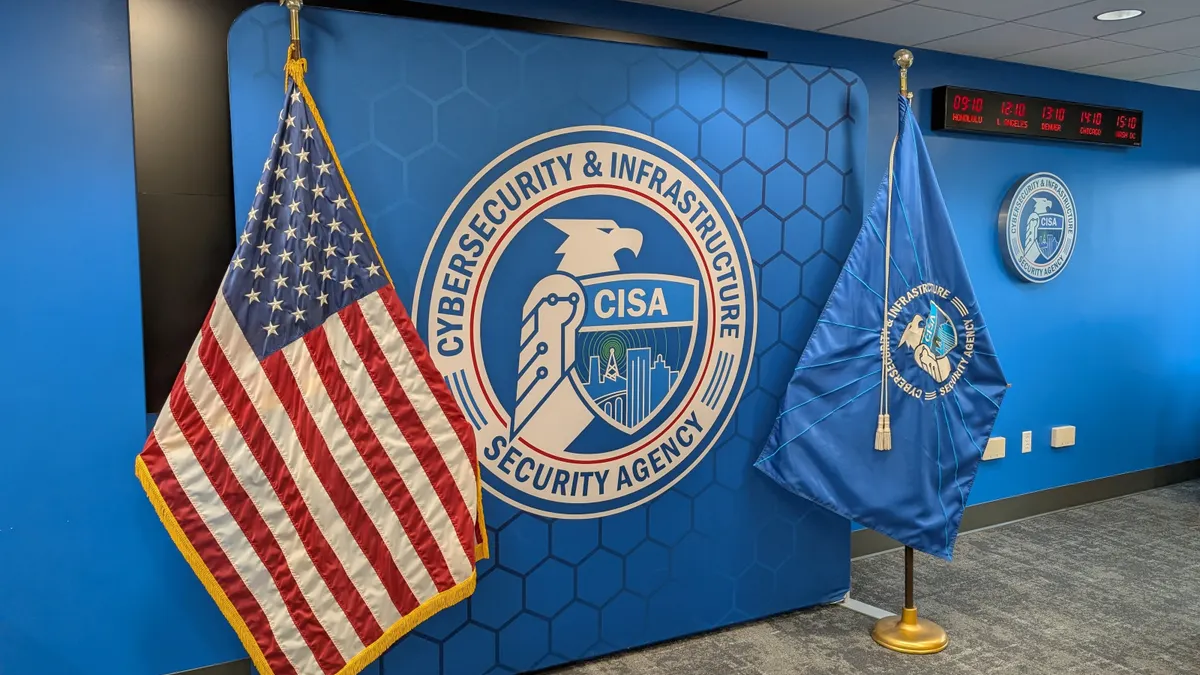
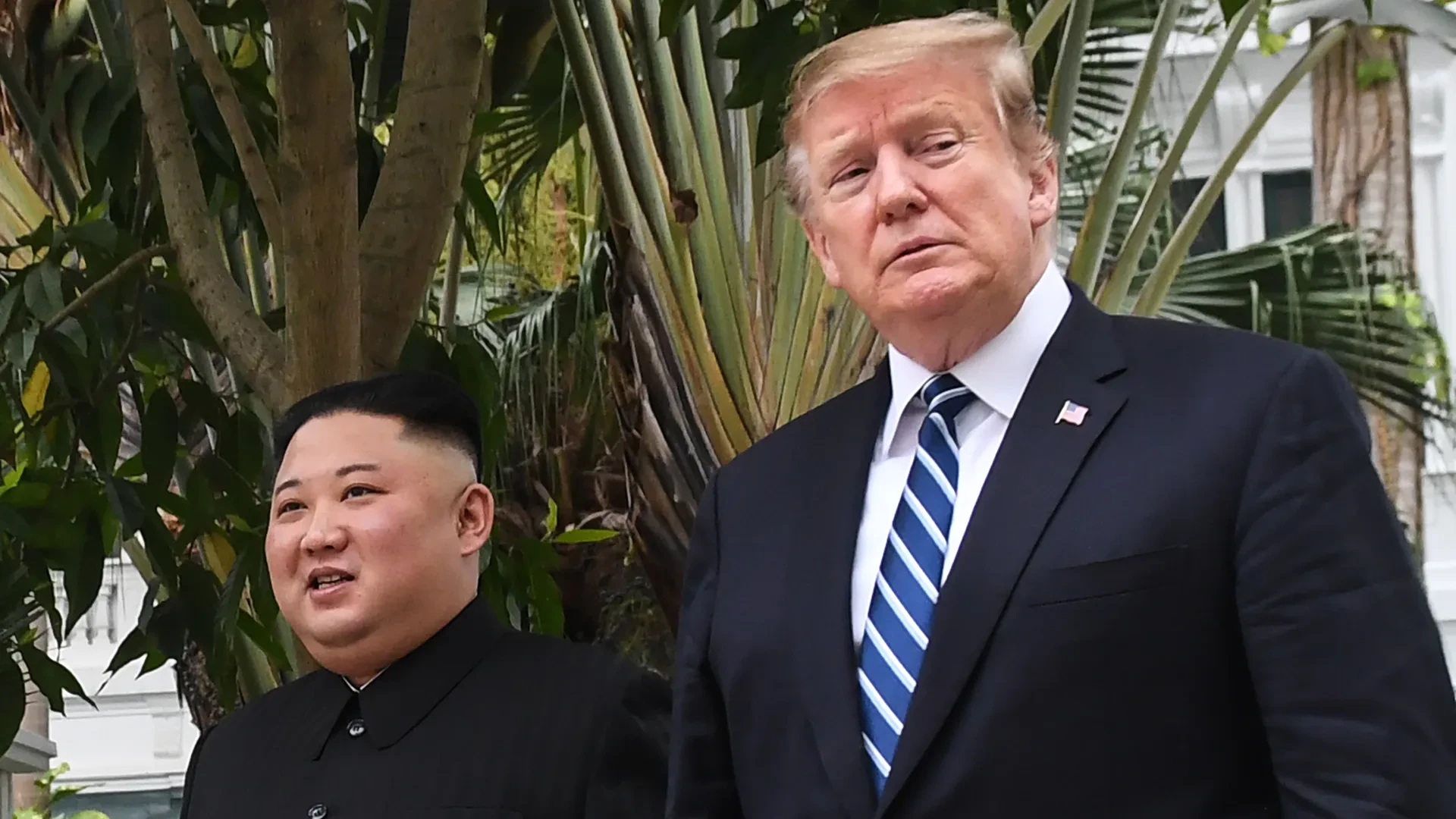
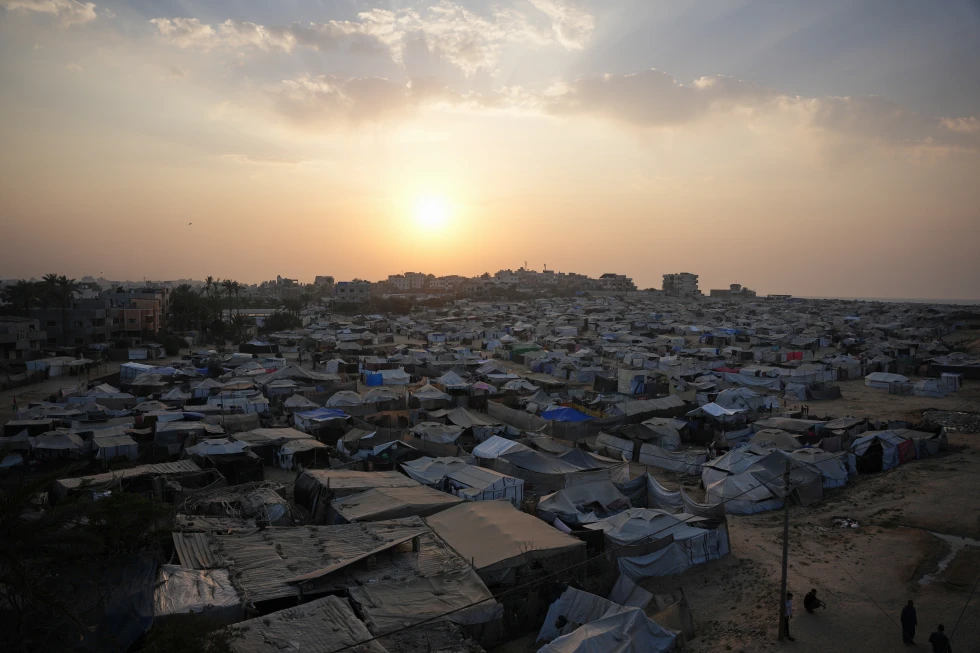
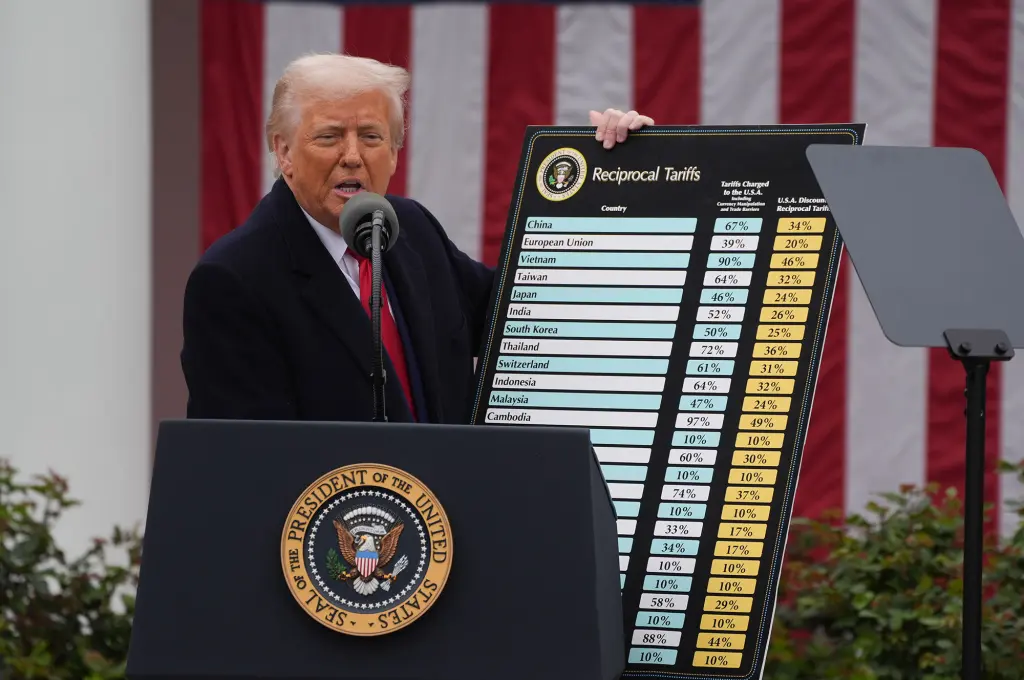
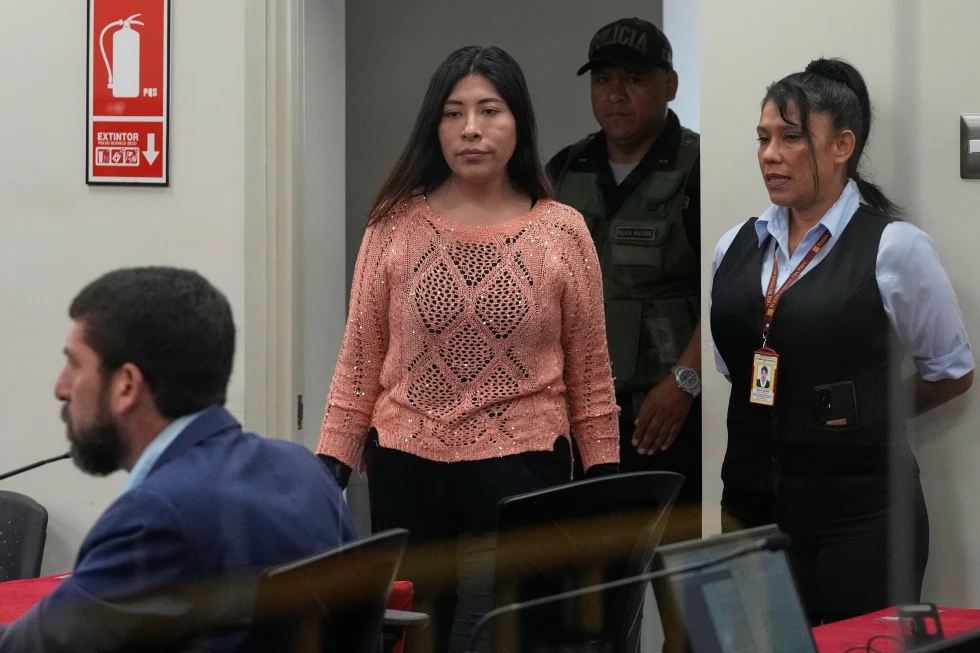
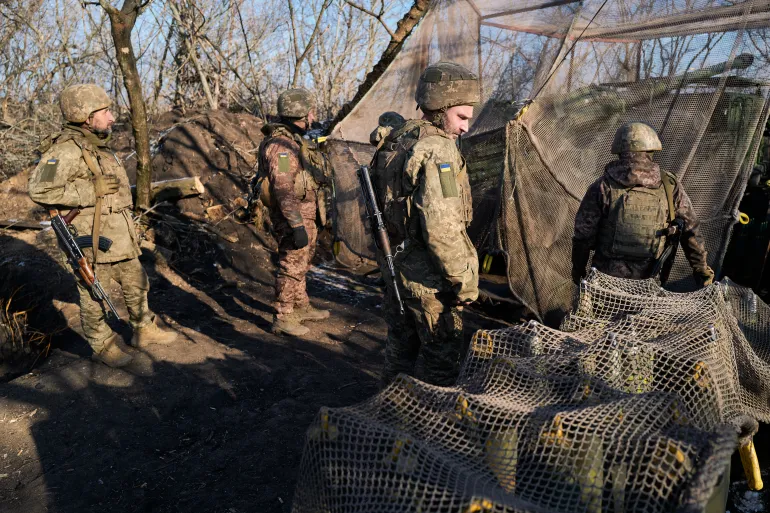

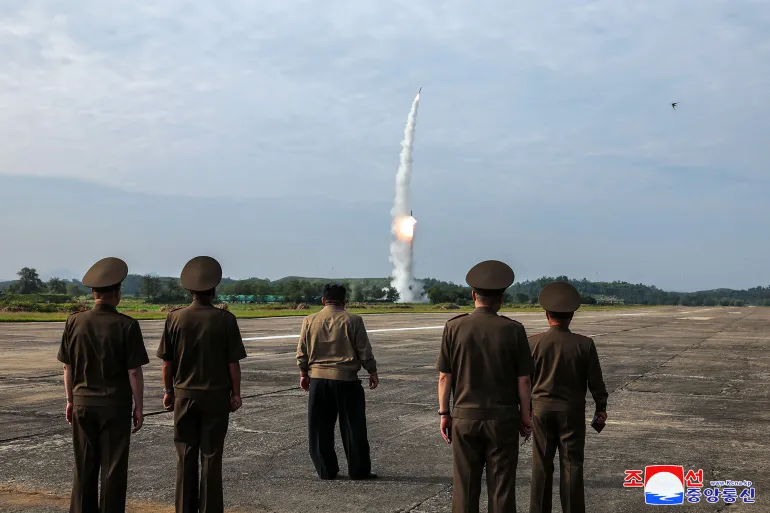

Discussion